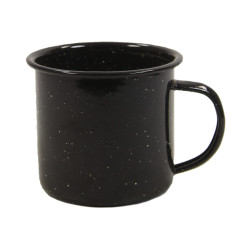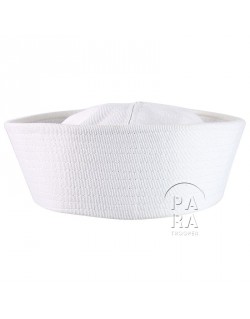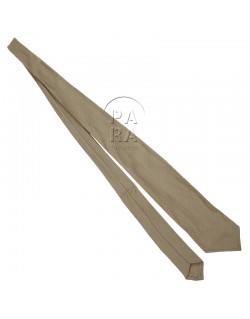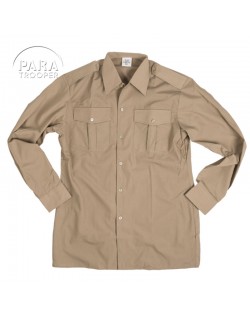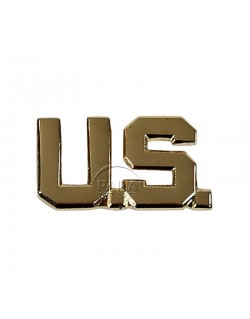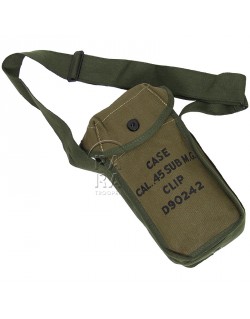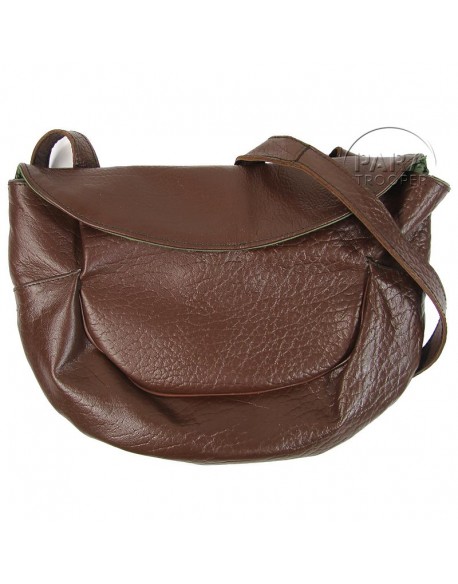



(1 review)
Bag, Utility, WAC, with Carrying Strap
€89.00
Tax included
Brown leather handbag, lined with green cotton cloth. The removable strap enabled the bag to be carried as a purse. It has two inside compartments and four smaller pockets. The bag was slung on the right shoulder and rested on the left side.
Product Details
03.07.01.010








